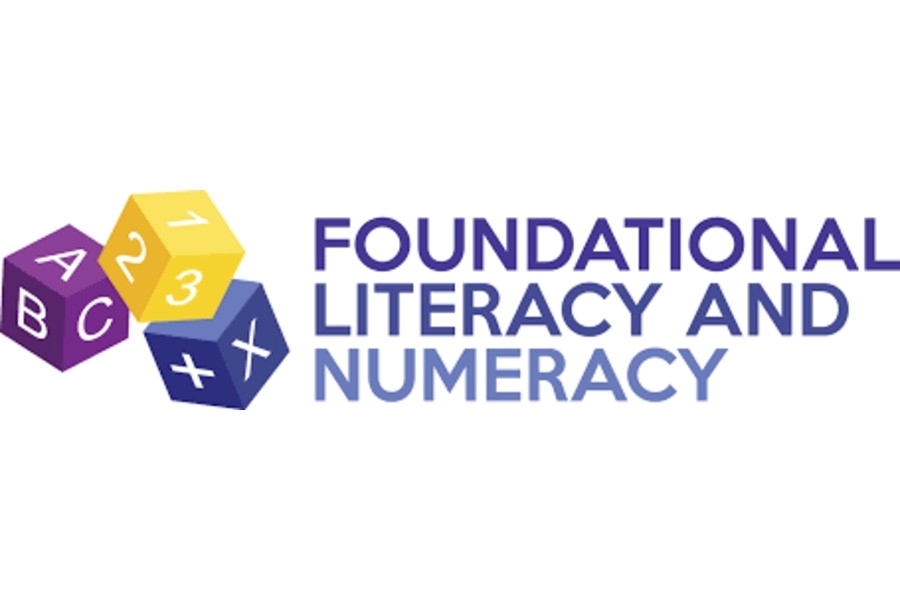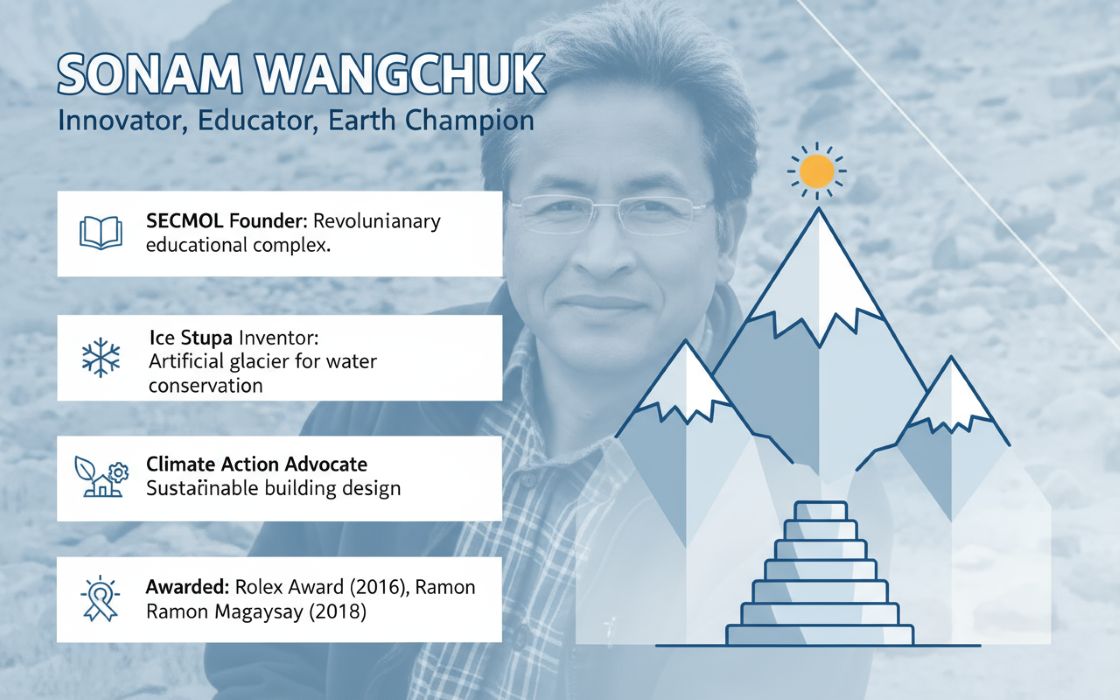In a nation where nearly half the population is under the age of 25, investing in youth health is not just a moral imperative but a national necessity. Non-communicable diseases (NCDs) such as diabetes, cardiovascular ailments, and mental health challenges are rising rapidly in India, often rooted in habits formed during adolescence. Addressing these risks early can redefine the country’s long-term health trajectory. Dr. Ajaykumar Sharma, Director- Corporate & State Affairs at AstraZeneca, underscores the transformative power of youth-led health education and community engagement through the company's Young Health Programme (YHP). In this conversation, he explores how the programme empowers adolescents to become catalysts of change, using peer-driven learning and grassroots partnerships to address NCD risk factors before they take root. The discussion highlights how YHP aligns global health priorities with India’s local realities, building awareness, strengthening resilience, and nurturing a generation that sees wellbeing not as privilege but as empowerment.
Scroll down to read the full interview:
Q. How does AstraZeneca view its role in addressing non-communicable disease (NCD) risk factors through a youth-centric lens, particularly in a country like India with a growing young population?
A. At AstraZeneca, we see ourselves as proactive partners in helping reduce the burden of non-communicable diseases (NCDs), and working with youth is a big part of this purpose. With half the country’s population under 25, we recognise how crucial it is to address health risk behaviours early—before poor nutrition, physical inactivity, substance use, and mental health challenges become lifelong barriers to wellbeing. Our commitment is reflected in our global flagship program Young Health Programme (YHP), where we put youth at the heart of NCD prevention. Since the launch of the programme in Delhi in 2010 and expanding to Karnataka in 2021 and building a significant presence of the program in Chennai, we have invested in long-term, evidence-based strategies, partnering with local health authorities and youth organisations to reach the most vulnerable young people. Through these partnerships, we aim to equip youth with the skills and knowledge they need to make informed choices about their health. We believe that supporting youngsters means empowering India to cultivate healthier habits, encourage resilience, and investing in their future. By combining health education with empowerment, AstraZeneca is reducing today’s health risks and building a foundation for a healthier, more resilient India.
Q. What makes adolescence such a critical window for NCD prevention, and how is the Young Health Programme uniquely designed to influence behaviours during this formative stage?
A. Adolescence is a pivotal moment in an individual’s life and the window can define choices that stays for life-long for majority of people. Hence this period is critical for health based intervention, so one is aware of the challenges associated with health and can possible make an informed choice. By engaging young people with right education and right mindset, just when one is drawn towards behaviours like tobacco use, unhealthy eating, and physical inactivity, one can reduce the risk of NCDs later in life. YHP is purposefully designed for this formative stage. What sets YHP apart is its peer-driven, community-based approach. We empower adolescents as peer educators, equipping them to lead conversations and activities around NCD risk factors. These young leaders are able to communicate with their peers in relatable, authentic ways that adults often cannot, making our interventions more trustworthy and impactful. A vital element of YHP’s success in India is our partnership with Plan India. Plan India brings deep expertise in community engagement and a strong network across schools and local organisations. Together, we train and support peer educators, working alongside teachers, parents, and community leaders to ensure that health messages resonate and are reinforced in all areas of young people’s lives. Plan India’s involvement allows us to provide culturally sensitive, locally relevant programming that has a real impact in the communities we serve. Together, we’ve created a supportive ecosystem where prevention becomes accessible, relatable, and sustainable.
Q. How does YHP strike a balance between health education and long-term behavioural change, particularly in communities where structural or cultural barriers may exist?
A. We believe that lasting behavioural change happens when health education is woven into the fabric of the community. That’s why, through YHP, we go beyond traditional awareness campaigns and focus on approaches that create enduring impact, especially in communities facing structural or cultural barriers. YHP achieves this balance by training local Peer Educators young people who share relatable health messages consistently, acting as role models within their own networks. Their ongoing engagement helps reinforce key health messages over time, making conversations about tobacco use, nutrition, and mental health a regular part of daily life rather than one-off events. Together with Plan India, we tailor our interventions to fit local realities and engage the wider ecosystem schools, families, local leaders, and government bodies, so health messages reach young people from multiple touchpoints. We’ve also established Health Information Centres (HICs) in neighbourhoods like Yelahanka, Dasarahalli, Thubarahalli, and Hoodi in Bengaluru. These centres are safe spaces for youth aged 10–24, offering access to credible information, opportunities for open dialogue, and guidance on risk prevention. By bringing knowledge and support directly into local communities, we help overcome barriers and empower young people to make lasting changes.
Q. Beyond awareness campaigns, what kinds of participatory platforms does YHP offer to empower youth as active changemakers in their communities?
A. At AstraZeneca, simply raising awareness isn’t enough when it comes to empowering youth. Through YHP we create meaningful platforms that help young people become active changemakers in their communities. Our Peer Educator Programme is at the heart of this work. We train adolescents with the skills and confidence needed to lead health conversations and inspire behavioural change among their peers. Peer educators are supported not just with information, but with practical leadership development and opportunities for ongoing engagement. Health Information Centres (HICs) offer safe, inclusive spaces for youth aged 10–24 to access credible health knowledge, participate in open dialogue, and receive counselling on wellbeing and disease prevention. These centres serve as local hubs, helping young people connect, share experiences, and support one another. We also empower youth to become advocates for change, providing platforms where peer educators engage with policymakers to amplify youth voices on critical health and NCD issues. By taking an active role in these discussions, young leaders help drive policy and community awareness from within. Our programme reaches into schools and neighbourhoods by facilitating interactive health sessions and organizing community events. Youth take the lead in planning, execution, and creative advocacy—through skits, art, storytelling, and campaigns on health days. By involving teachers and parents as supportive partners, we ensure young people feel encouraged to drive positive change at home and at school. With these participatory platforms, we help youth move from recipients of information to empowered leaders who shape healthier environments for themselves and their communities.
Q. Can you share some qualitative or quantitative outcomes from the programme—such as how many young people have been reached so far, or shifts in awareness or behaviour related to NCD risk factors?
A. In FY2024, the programme achieved strong progress through the establishment of new Health Information Centres (HICs), expanded community outreach, and deeper collaboration with public health systems. Collectively, these efforts enabled us to reach more than 120,000 community members across Bengaluru. Our focus on youth remained central, with over 15,000adolescents and young adults aged 10–24 participating in programme initiatives—half of them girls, underlining our commitment to gender inclusivity. To build sustainable impact at the grassroots, 80 Peer Educators were trained and mobilised. They worked actively across 10 schools and 15 health centres, while also engaging over 500 parents, 50 teachers, 10 community leaders, and 10 government stakeholders. These combined efforts have not only expanded reach but also strengthened trust, built awareness of NCD risk factors, and encouraged positive health-seeking behaviours among young people and their communities. The outcomes reflect AstraZeneca’s commitment to translating health education into measurable change, ensuring youth are both informed and empowered to lead healthier lives.
Q. Could you elaborate on how the training of young adults from disadvantaged backgrounds is structured—from skill development to job or entrepreneurial placement—and what outcomes you've seen so far?
A. The training programme for young adults from disadvantaged backgrounds is designed to build a strong foundation in soft skills and professional readiness, while also creating pathways to employment and entrepreneurship. It begins with modules on communication, confidence-building, and workplace etiquette, and progresses to practical training in employer engagement, interview preparation, and career planning. This structured approach ensures that participants not only acquire technical know-how but also develop the confidence and adaptability needed to thrive in professional environments. So far, 23 young women have completed the development training and demonstrated marked improvement in areas such as public speaking, employer interaction, and interview performance. As part of the programme’s practical exposure component, four RISE participants secured internships, and two of them successfully transitioned into full-time employment upon completion of their three-month placements. These outcomes reflect AstraZeneca’s commitment to advancing health and financial awareness by empowering young people with the skills and opportunities to shape brighter futures. By investing in programmes like RISE, AZ continues to enable inclusive growth, strengthen community resilience, and create lasting pathways to economic independence for disadvantaged youth.
Q. In what ways does the programme contribute to improving the accessibility and responsiveness of local health services for adolescents and young adults?
A. YHP's community-based, peer educator model offers a transformative approach to health service delivery by addressing critical gaps in adolescent and young adult healthcare accessibility. By positioning youth as both recipients and providers of health services, the programme reshapes how local health systems engage with this demographic, ensuring that interventions are relatable, trusted, and sustained. Through the training of Peer Educators, adolescents are equipped with the knowledge and skills to engage their peers on risk behaviours such as tobacco and alcohol use, unhealthy diets, physical inactivity, and risky sexual practices. This proactive approach addresses the root causes of non-communicable diseases before they emerge, while simultaneously fostering leadership, accountability, and advocacy among young people. The programme also strengthens health-seeking behaviour by encouraging informed lifestyle choices, improves hygiene and infection prevention through community-driven initiatives, and enhances awareness of and access to local healthcare systems. By responding to immediate community needs related to health, hygiene, and adolescent wellbeing, YHP builds trust and bridges gaps between young people and service providers. In essence, YHP not only builds health literacy and preventive awareness but also creates a bridge between adolescents and local health systems, ensuring that services are more accessible, responsive, and relevant to their needs.
Q. How does the YHP in India align with broader national or global health goals—such as India’s NCD control programs or the UN’s Sustainable Development Goals (SDGs)?
A. YHP in India aligns strongly with both national health priorities and global commitments under the United Nations’ Sustainable Development Goals (SDGs). At the global level, YHP directly advances SDG 3: Good Health and Well-being by working to “ensure healthy lives and promote well-being for all at all ages.” Its focus on reducing the risk of non-communicable diseases (NCDs) and strengthening mental health among youth contributes to the SDG 3 target of lowering premature mortality from NCDs through prevention, education, and early intervention. In addition, YHP supports:
• SDG 4 (Quality Education): by integrating life skills and health literacy into schools and community programs.
• SDG 5 (Gender Equality): by empowering young women as peer educators and leaders in health advocacy.
• SDG 17 (Partnerships for the Goals): by building multi-stakeholder collaborations with government agencies, NGOs, and community organizations.
Nationally, YHP is well aligned with India’s National Programme for Prevention and Control of Non-Communicable Diseases (NP-NCD), which seeks to reduce the rising burden of cardiovascular diseases, diabetes, cancers, and stroke. The program emphasizes prevention, awareness, early detection, and lifestyle modification. YHP complements these priorities through:
• Health promotion and awareness campaigns targeted at youth,
• Behavioural change initiatives to encourage healthy lifestyles,
• School- and community-based interventions that foster prevention and early intervention,
• Capacity-building of peer educators and teachers to sustain long-term impact.
Through this dual alignment, YHP serves as a bridge between global aspirations and national strategies, positioning young people at the center of India’s fight against NCDs while also advancing equity, education, and cross-sector partnerships.

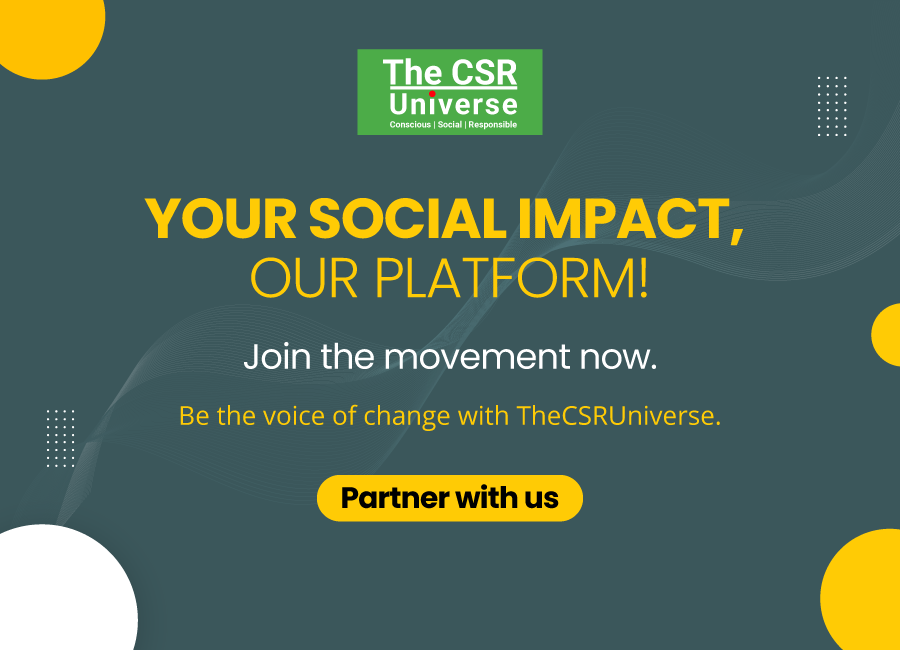

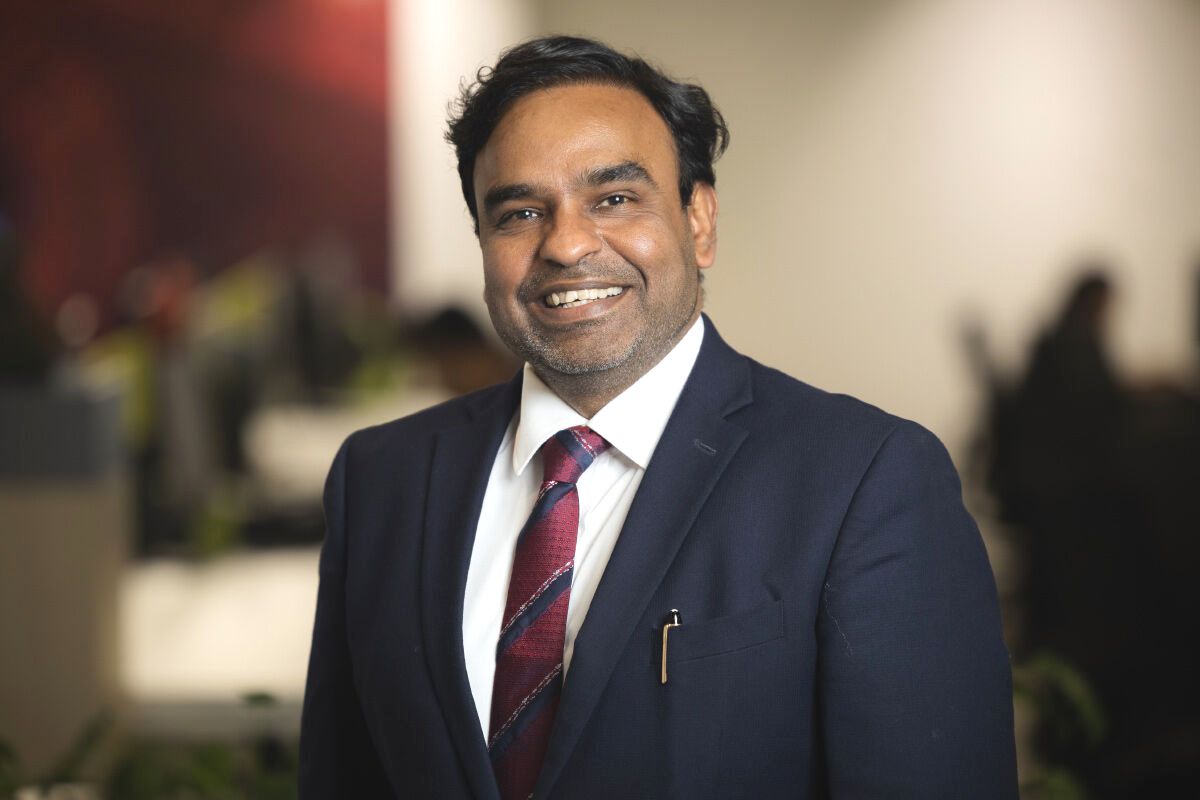
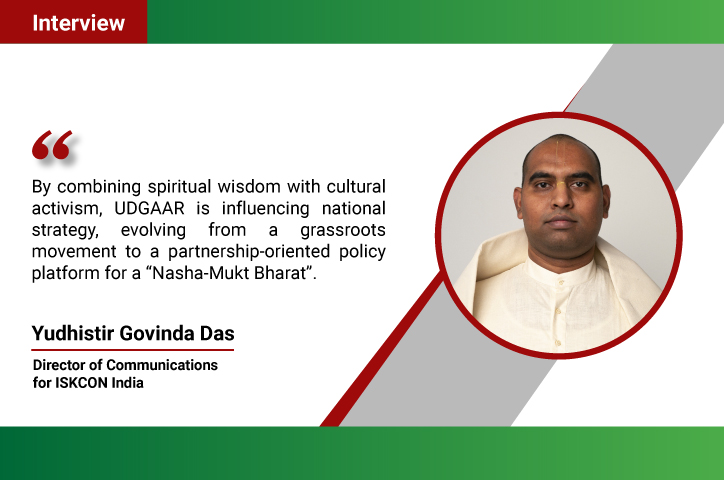

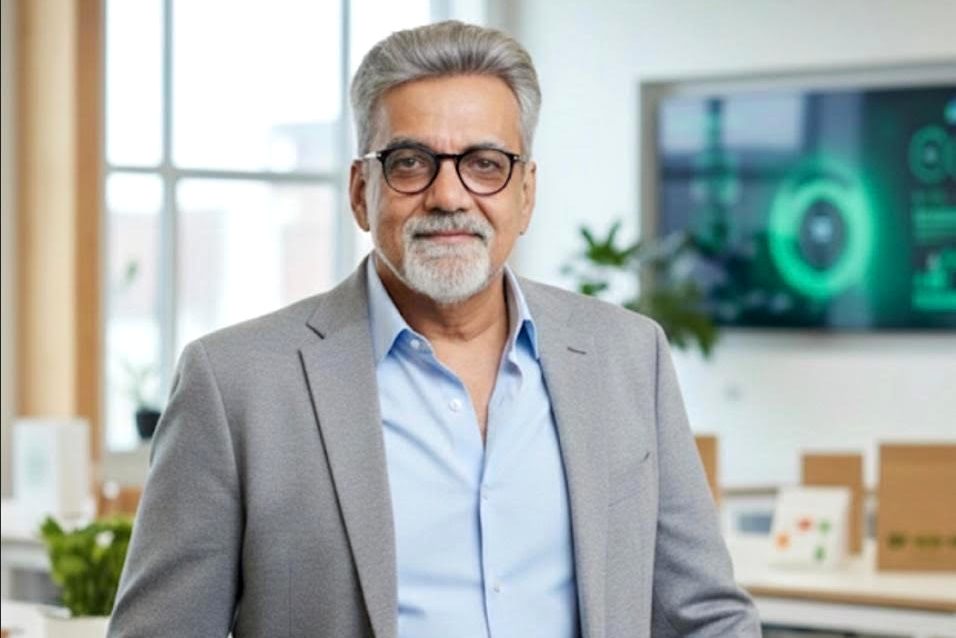

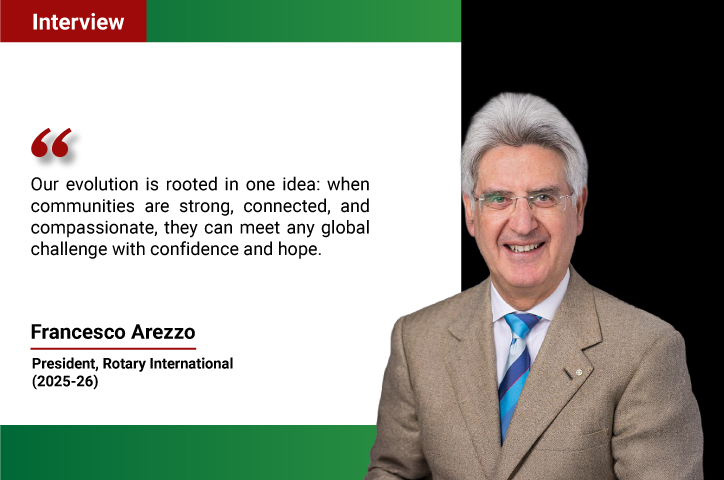
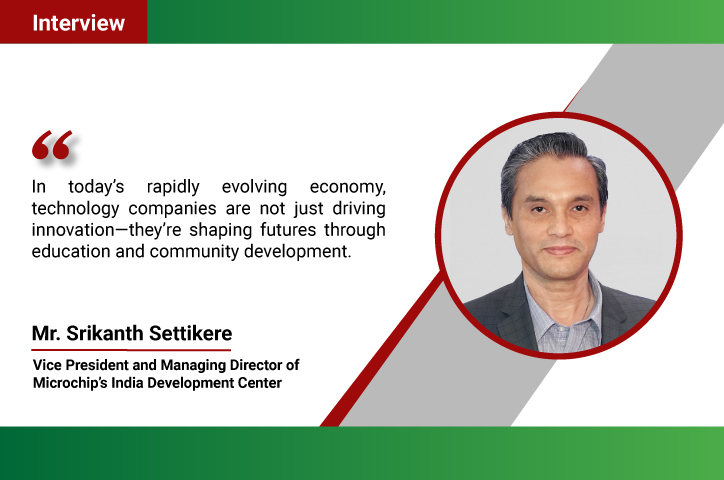
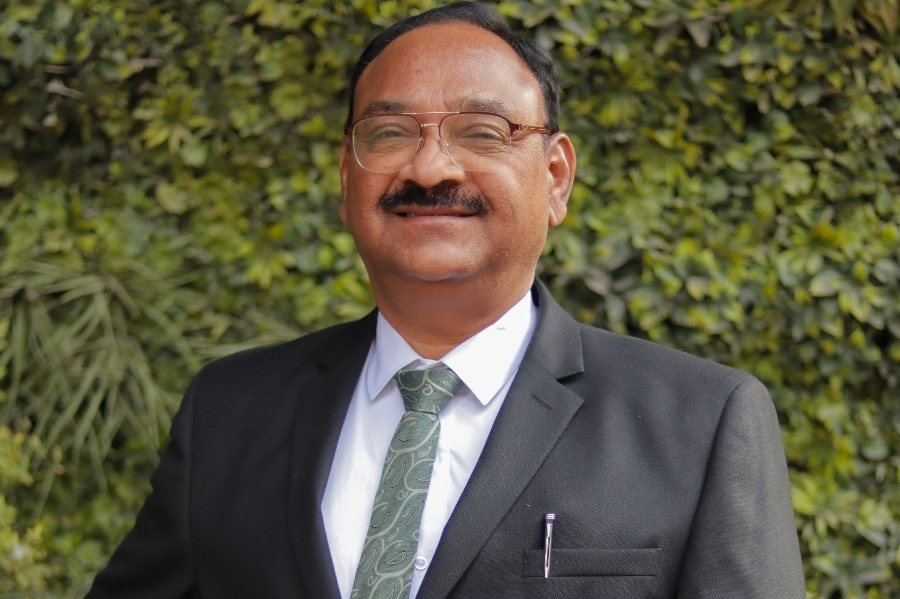
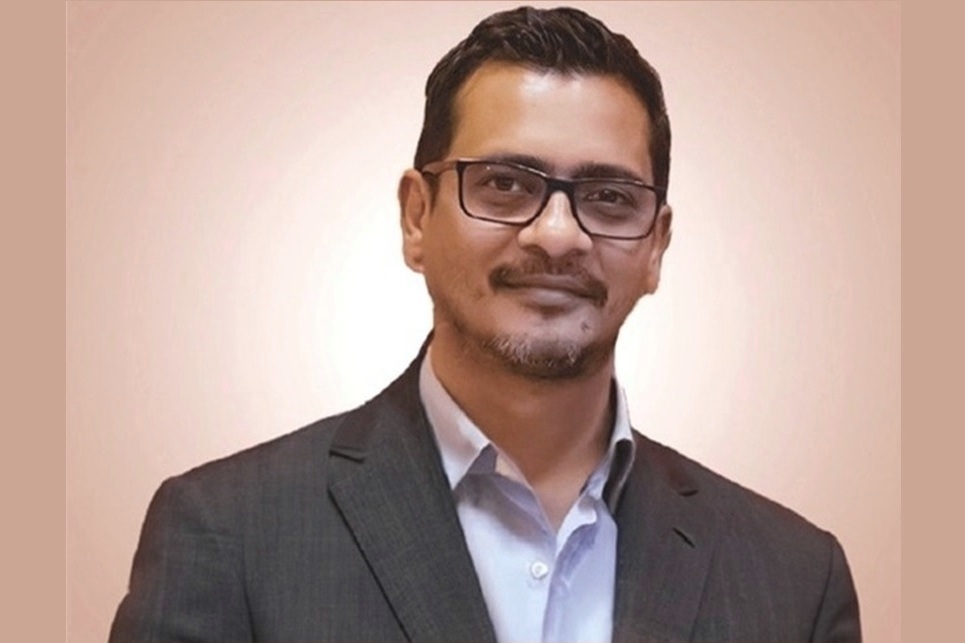

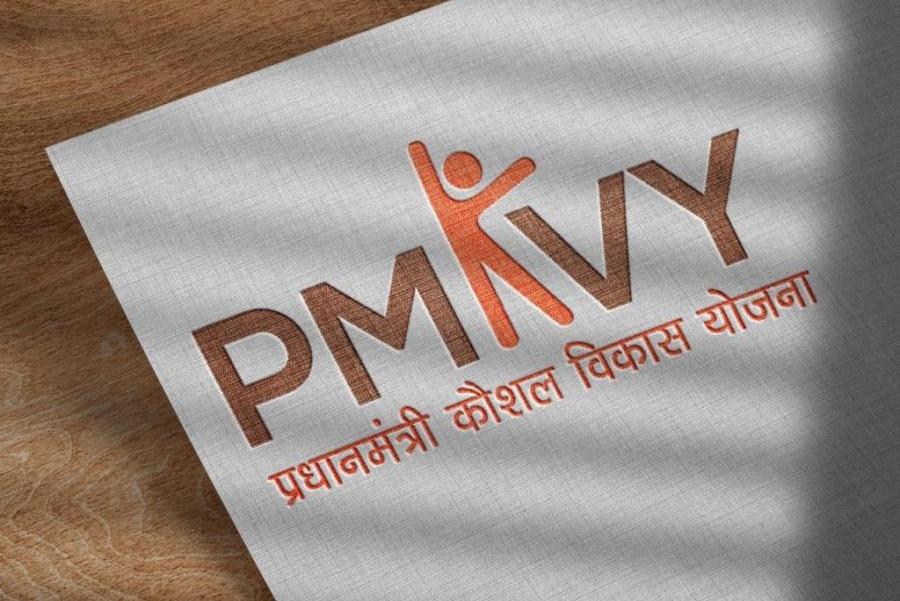
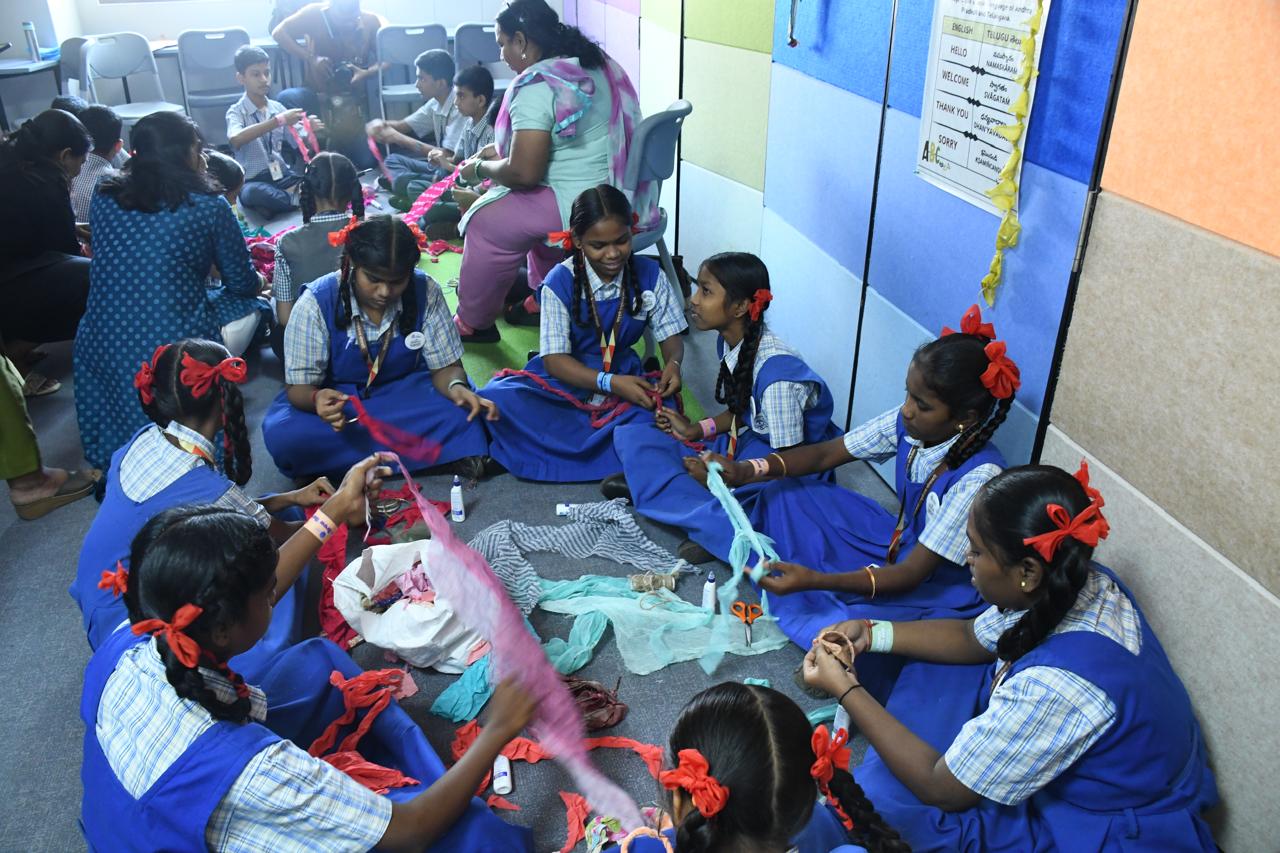
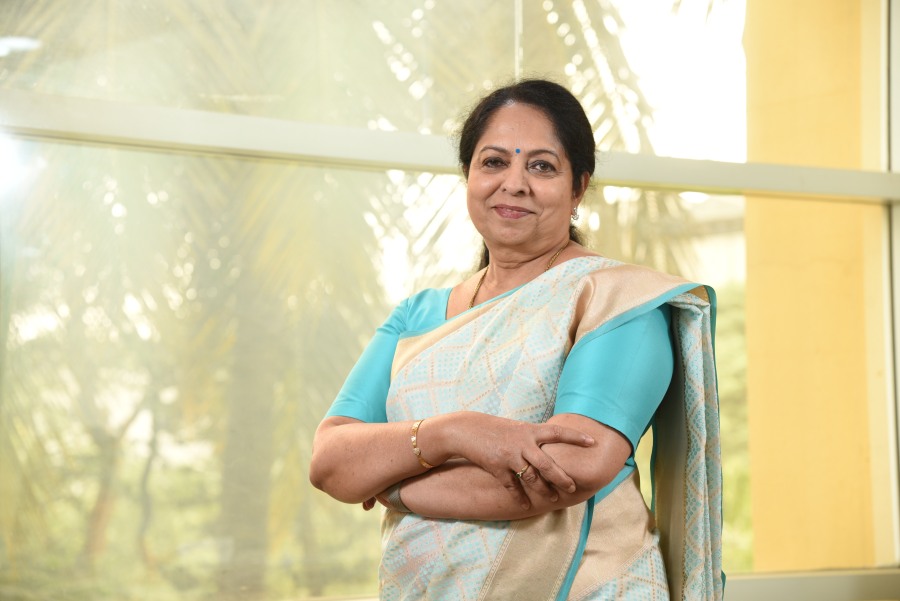
.jpg)
